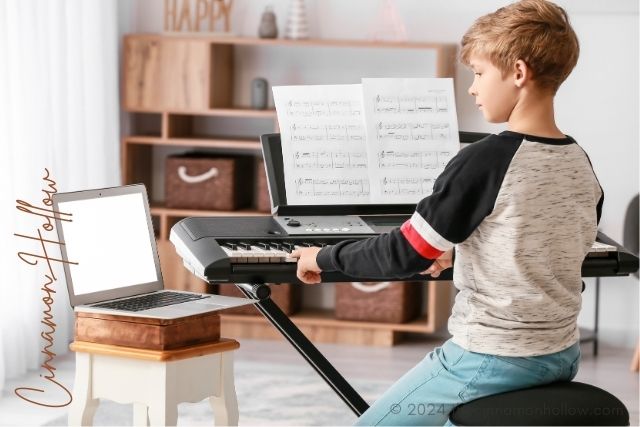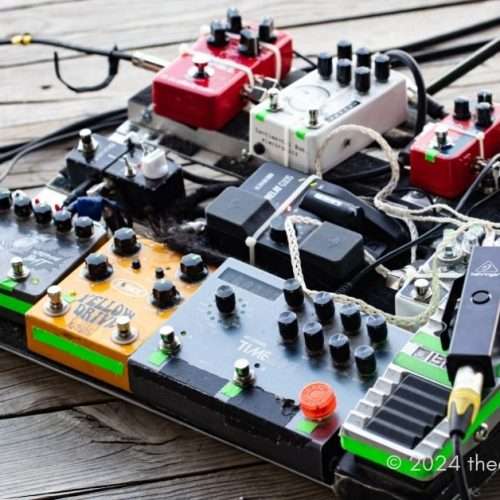Taking up the cello can be an exciting and rewarding endeavor for musicians both young and old. However, finding the right instrument is crucial for beginners in order to have the best experience learning to play. This guide covers key considerations for choosing a starter cello that matches your age, size, goals, and budget.
Importance of Choosing the Right Cello
Beginning on an instrument that is poorly sized, constructed, or set up can lead to pain, injury, and frustration that discourage progress. As a large instrument, getting the right full-size or fractional cello from the start prevents developing bad habits to compensate for an ill-fitting cello. While many factors impact progress, starting with a quality beginner cello facilitates learning the correct technique and cultivates enjoyment of the experience.
Consider Player Age, Size, and Goals
Adult beginners can start on full-size cellos with considerations for body type and handedness to find a comfortable fit. Youth and children will need fractional cellos (3/4, 1/2, 1/4, 1/8, 1/10 size). The cello should be proportional to the student’s arm length and seated height. Assess if they are aiming to play professionally or recreationally. More serious students may benefit from a hand-carved versus factory-made cello. Consult instructors on appropriate instrument sizing.
Assessing Cello Quality and Sound
Ideally, try instruments in person to evaluate their workmanship, sound quality, playability and comfort. Here are some tips for assessing cello quality and sound.
- Look at the instrument carefully. High quality cellos are made from quality wood like maple or spruce and have delicate purfling. Avoid cellos with cracks, repairs, or other damage.
- Consider the cello’s origins. Cellos made by reputable luthiers or from known workshops (like Stradivari in Italy) will be of better quality. The age can also indicate quality, with instruments over 100 years old likely being better.
- Listen to the overall sound. Pluck the open strings and listen for a rich, complex tone without buzzing. The sound should be strong, resonant and project well.
- Evaluate sound at different parts of the fingerboard. Play notes high up on the A string and on the C string to hear how consistent the tone is. Good cellos retain their tone and clarity throughout the range.
- Assess response. Play fast passages like scales. A quality cello should speak quickly and responsively without distorted notes.
- Try different bow pressures. A good cello will produce an even, singing tone whether you use heavy or light pressure. The sound shouldn’t “crack” under too much pressure.
- Judge the balance of the strings. You should be able to play passages easily across all four strings.
- Consider playability and feel. Better cellos are more comfortable to play. The action (string height) should be easily playable without buzzing on the fingerboard.
- If possible, play test multiple cellos to compare. Even entry-level cellos from reputable brands will outperform no-name instruments.
Determining a Realistic Budget
Good beginner cello range from $700-$3,000 based on resources. Consider renting cellos first from a luthier or music store, allowing you to “try before you buy.” Rental fees often go towards purchase. Buying used can also reduce costs but have repairs inspected first. If acquiring an inexpensive cello, factor in future upgrades for strings, bow, and bridge which greatly impact sound. While more money improves quality, avoid breaking the bank on a first cello.
Conclusion
Finding the ideal balance between cost and quality takes research and patience. Keeping these guidelines around sizing, construction, playability, and tone in mind will aid your search for a starter cello to match your needs as a budding cellist. With the right instrument and dedication to practicing, you’ll be on your way to creating beautiful music.







